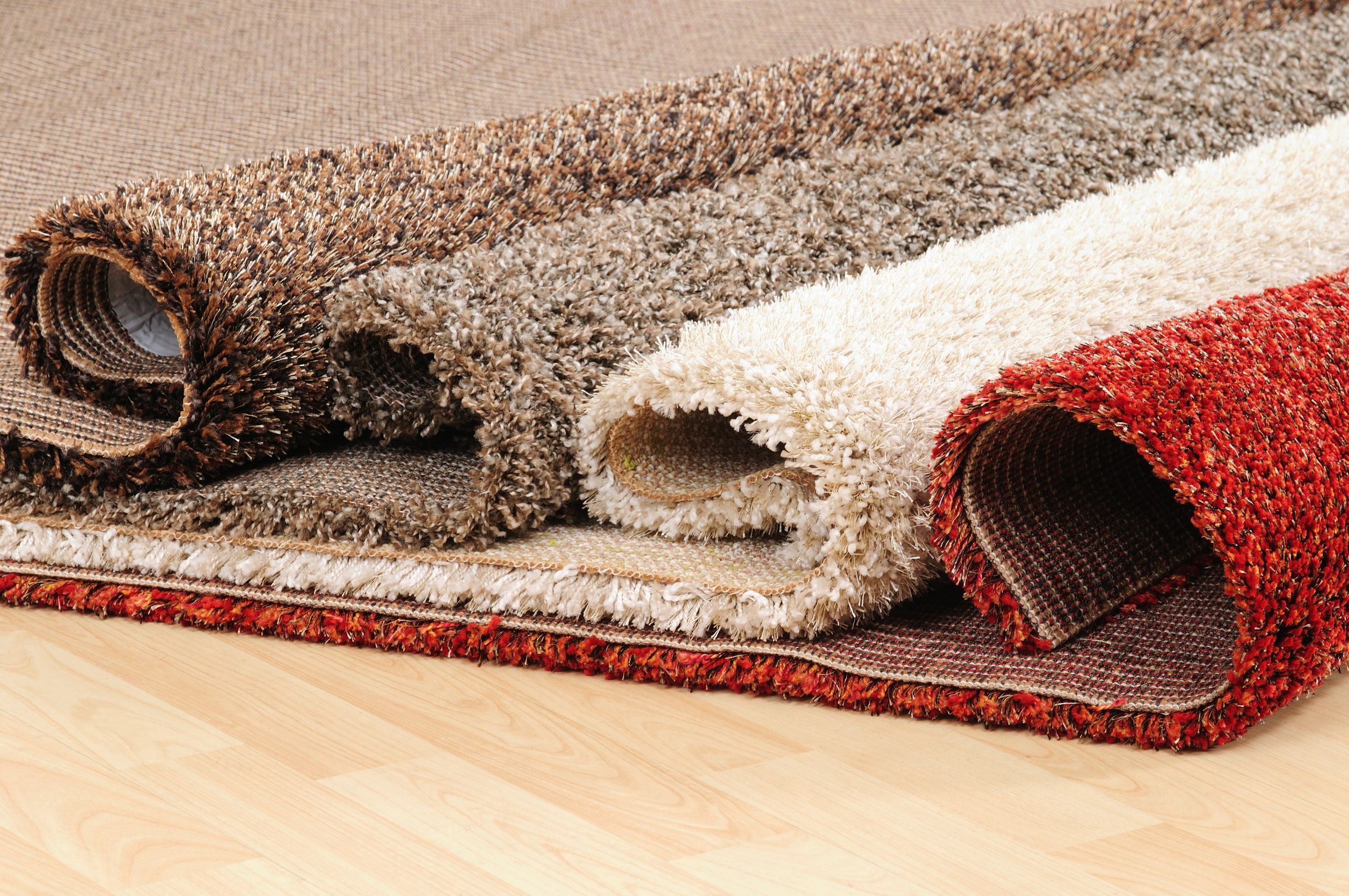Assessment and Planning:
Identify your storage or area needs, budget constraints, and project objectives.
Assess the obtainable area, ceiling peak, and format of your facility.
Determine the supposed use of the mezzanine (storage, office house, manufacturing, and so on.).
Regulatory Compliance:

Check local building codes and regulations related to mezzanine installation. Regulations may embrace load capability, structural integrity, and safety features.
Design:
Work with an architect, engineer, or mezzanine design specialist to create a design that meets your wants and complies with regulations.
Determine the dimensions, load capability, and structure of the mezzanine.
Choose materials for the structure and flooring, which may embrace metal, concrete, or different supplies.
Plan Great site of staircases, handrails, and other security features.
Consider how the mezzanine integrates along with your present infrastructure and workflow.
Permits and Approvals:
Obtain any necessary permits or approvals from local authorities. This may embrace building permits, zoning variances, and security inspections.
Fabrication:
Fabricate the structural components of the mezzanine in accordance with the design specifications. This may contain welding, chopping, and assembling steel beams, columns, and other components.
Installation:
Install the mezzanine elements in your facility. This typically consists of assembling the structure, installing the flooring, and integrating safety options.
Safety Features:
Ensure that security features similar to guardrails, handrails, and staircases are correctly installed to fulfill security laws.
Access and Egress:
Design and install protected and handy access factors to the mezzanine, similar to stairs, ladders, or elevators.
Quality Control:
Conduct quality management inspections to confirm that the mezzanine is constructed to the required design and security requirements.
Load Testing:
Perform load testing to make sure the mezzanine can assist its meant weight capability.
Documentation:
Maintain detailed documentation of the mezzanine's design, installation, and safety compliance for future reference.
Training and Safety Procedures:
Train workers on how to safely use the mezzanine, including pointers for load capacity, protected entry, and proper storage practices.
Maintenance and Inspection:
Establish a regular upkeep and inspection schedule to ensure the mezzanine remains protected and structurally sound over time.
Mezzanine design and installation ought to be carried out by experienced professionals to make sure the protection and functionality of the structure. Hiring a design and building staff with expertise in mezzanine techniques is essential for a profitable project. Proper planning and adherence to rules are crucial to avoid potential points throughout and after installation..
